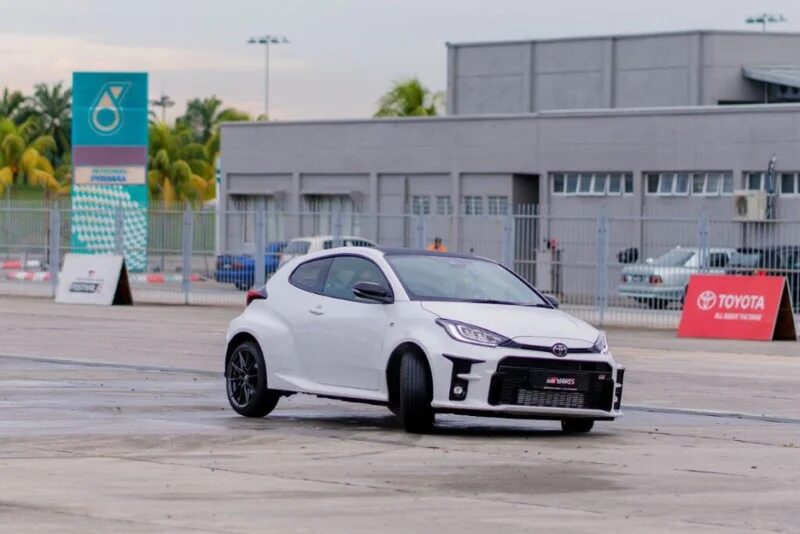The topic this time is a bit technical, namely weight transfer. However, throughout this article, we will use the term “weight transfer” because it is easier to understand for car enthusiasts.
But what is weight transfer? The transfer of weight from where to where? And how does it affect driving, so much so that it can differentiate performance?
In short, weight transfer is the distribution of the vehicle’s weight when accelerating, braking, or turning. It always reacts, regardless of whether you are driving fast or slow, whether you are driving a performance car or an everyday car.
However, weight transfer may not be too critical in everyday driving, but when driving sports cars, understanding and controlling weight transfer can make the difference between smooth and controlled driving, and driving that can be unsettling for passengers.
The physics behind weight transfer – the center of gravity
Every object has a center of gravity. This is where all the weight is concentrated. In a car, the center of gravity usually lies around the middle of the car, but the exact location depends on the type of car.
For example, the Aston Martin DB12. With a front mid-engine configuration and rear-wheel drive, its center of gravity is slightly towards the front. But cars like the Ferrari F8 Tributo with a rear mid-engine have a more balanced center of gravity towards the middle.
Front-engine cars like the Toyota Vios, Perodua Myvi, Mercedes A-Class, and Audi A5 have their center of gravity slightly towards the front. However, the Mazda MX-5, despite having a front engine, has its center of gravity in the middle because it uses rear-wheel drive.
When you accelerate, turn, or brake, the forces applied cause the car’s weight to shift around its center of gravity. This is weight transfer.
The impact of acceleration on weight transfer
Imagine you’re driving a sports car. When accelerating and pressing the pedal firmly to the floor, you’ll notice the back of the car being pushed down and the front rising. This situation is called squat, caused by weight transfer from the front to the back.
For rear-wheel drive or all-wheel drive cars, this squat will increase the weight on the rear wheels, allowing the car to accelerate better. The weight concentrated on the rear wheels gives them better grip.
But for front-wheel drive cars, the weight transfer during acceleration does not have much of an effect.
The same principle applies when braking. Weight transfer causes the weight to shift to the front, also known as dive.
Then, when turning, weight transfer shifts the weight to the outer side; for example, a right turn will cause the weight to shift to the left side of the car. This weight transfer also leads to body roll.
Understanding this concept is important and will help you drive better, especially during spirited driving on the track.
Here are some more specific effects of weight transfer:
Acceleration – During acceleration, a lot of weight shifts to the back, increasing grip on the rear tires, but also reducing the grip on the front tires, causing the car to tend to oversteer.
Braking – When you brake, the weight shifts to the front tires, increasing grip and braking performance. The car can turn more responsively, but the reduced weight on the rear tires can make the car more prone to oversteer.
Turning – When turning, the outer tires have more grip. However, the car can still understeer or oversteer depending on the car’s configuration, type of differential, and input from the driver.
Knowing and understanding the concept of weight transfer will not automatically make you faster. Instead, you should be more aware of the car’s condition at all times. Provide linear inputs (acceleration, braking, steering) and avoid sudden inputs. Aggressive inputs can cause the car to lose balance and the tires to lose grip.
The higher the speed of the vehicle, the more smoothly and carefully you need to give inputs. The car will respond well within its limits, and as a result, you will become faster and safer.
